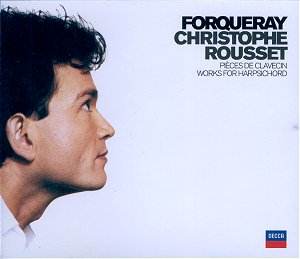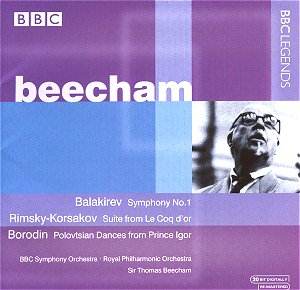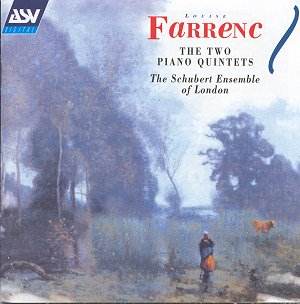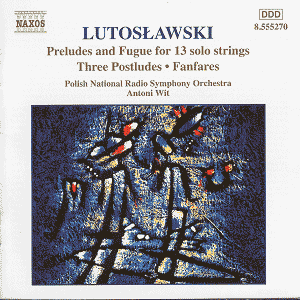 Composer: Antoine Forqueray
Composer: Antoine Forqueray
Works: Pièces de Clavecin Suite no. 1 in D minor, Suite no. 2 in G major, Suite no. 3 in D major, Suite no. 4 in G minor, Suite no. 5 in C minor
Performers: Christophe Rousset, harpsichord
Recording: 6-9 September 1999, Cité de la musique, Paris
Label: DECCA 466 976-2
Antoine Forqueray, a prominent figure in the French Baroque, composed music that epitomizes the expressive potential of the viol. His Pièces de Clavecin, posthumously published by his son Jean-Baptiste, offer a fascinating intersection of viol technique and harpsichord sound, suggesting both homage and evolution in performance practice. While the harpsichord transcription of these works aims to preserve their integrity, the resulting interpretations can often reflect the limitations of the instrument, as this recording by Christophe Rousset reveals.
Rousset’s performance demonstrates considerable technical prowess, yet it frequently veers into a realm of excessive speed that compromises the music’s inherent lyricism. The harpsichord, particularly the Hemsch model utilized here, possesses a rich but sometimes muddied lower register that struggles to articulate the nuances of Forqueray’s intricate writing. In the Suite no. 5’s final movement, “Jupiter,” Rousset’s brisk tempo obscures the intricate counterpoint, resulting in a performance that prioritizes virtuosity over clarity. This tendency towards rapid execution, while showcasing skill, detracts from the melodic contours that are central to Forqueray’s style.
The ornamentation, which is characteristic of French harpsichord music, further complicates the listening experience. In moments where Rousset adopts a more measured pace, such as in the Sarabande: La D’Aubonne from the fourth suite, the harpsichord’s timbre shines, revealing the instrument’s delicate tonal layers. Here, the balance between ornamentation and melody is more effectively maintained, allowing for a more engaging interpretation. Such contrasts highlight the challenges inherent in performing these transcriptions authentically.
Sound quality also plays a significant role in the overall impression of this recording. The engineering decisions render the harpsichord’s sound somewhat flat, lacking the dynamic relief that a more nuanced recording could provide. This absence of depth further alienates the listener from the emotional resonance that Forqueray’s music is capable of eliciting. Notably, comparisons to other interpretations of Forqueray’s works, such as those by Skip Sempé or the late Pierre Hantaï, underscore a more balanced interplay between virtuosity and expressiveness, often leading to more compelling performances.
Rousset’s interpretations, while technically proficient, ultimately seem to miss the delicate interplay between the harpsichord and the melodic lines that Forqueray envisioned. The performance’s relentless drive and the recording’s less-than-ideal sound quality create a listening experience that feels more sterile than vibrant. This recording stands as an intriguing exploration of Forqueray’s music, yet it serves more as a reminder of the challenges faced in adapting viol compositions for the harpsichord than as a definitive representation of his artistry.



